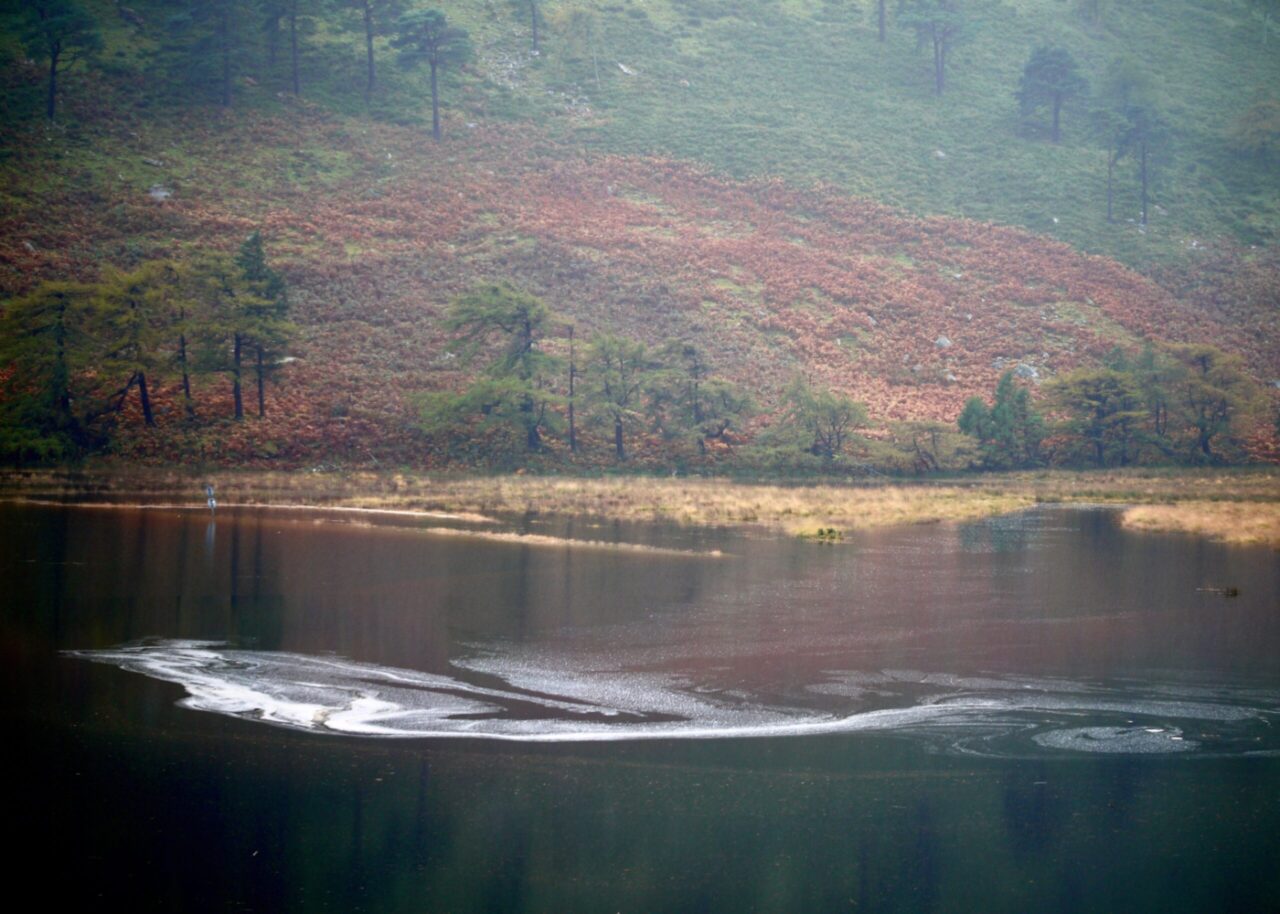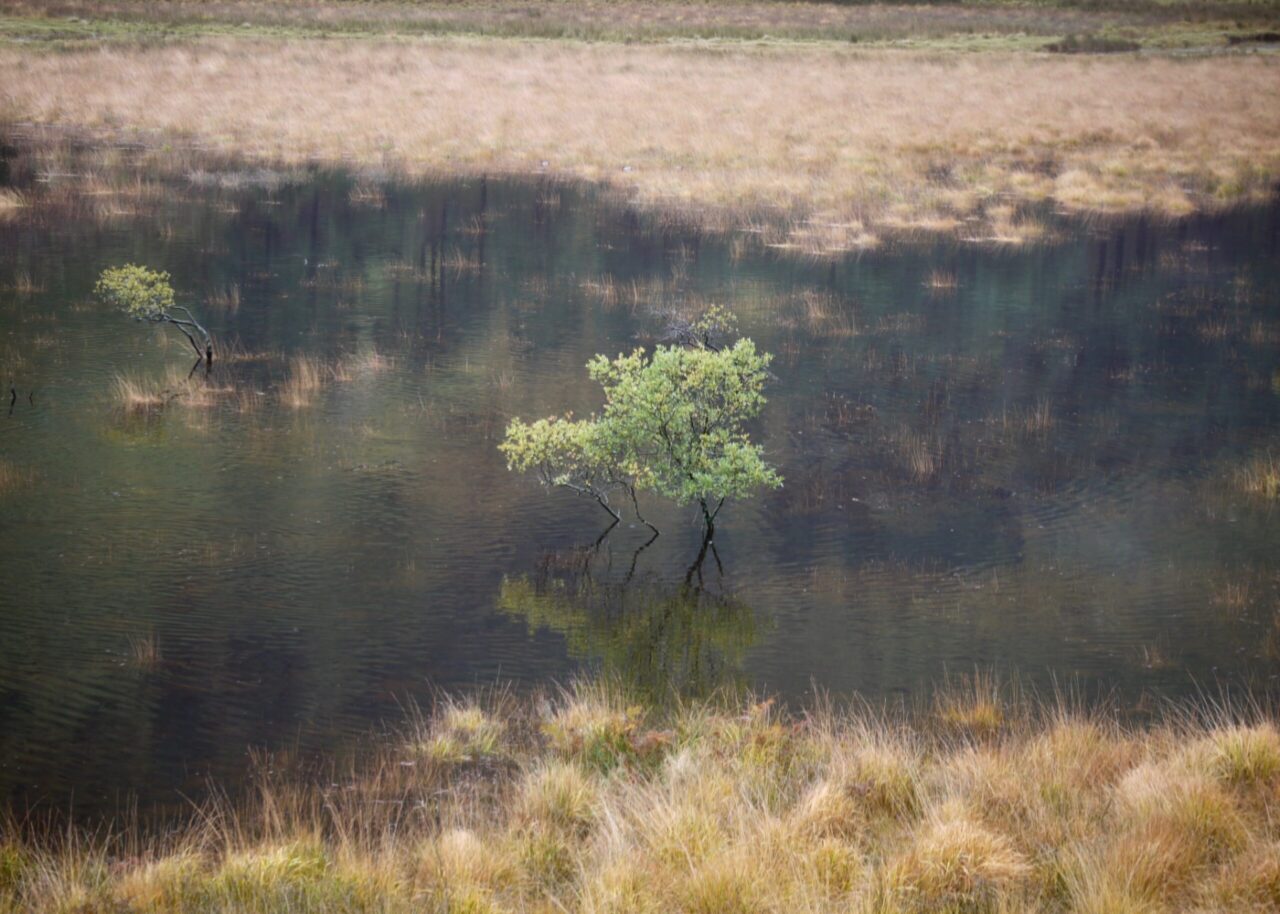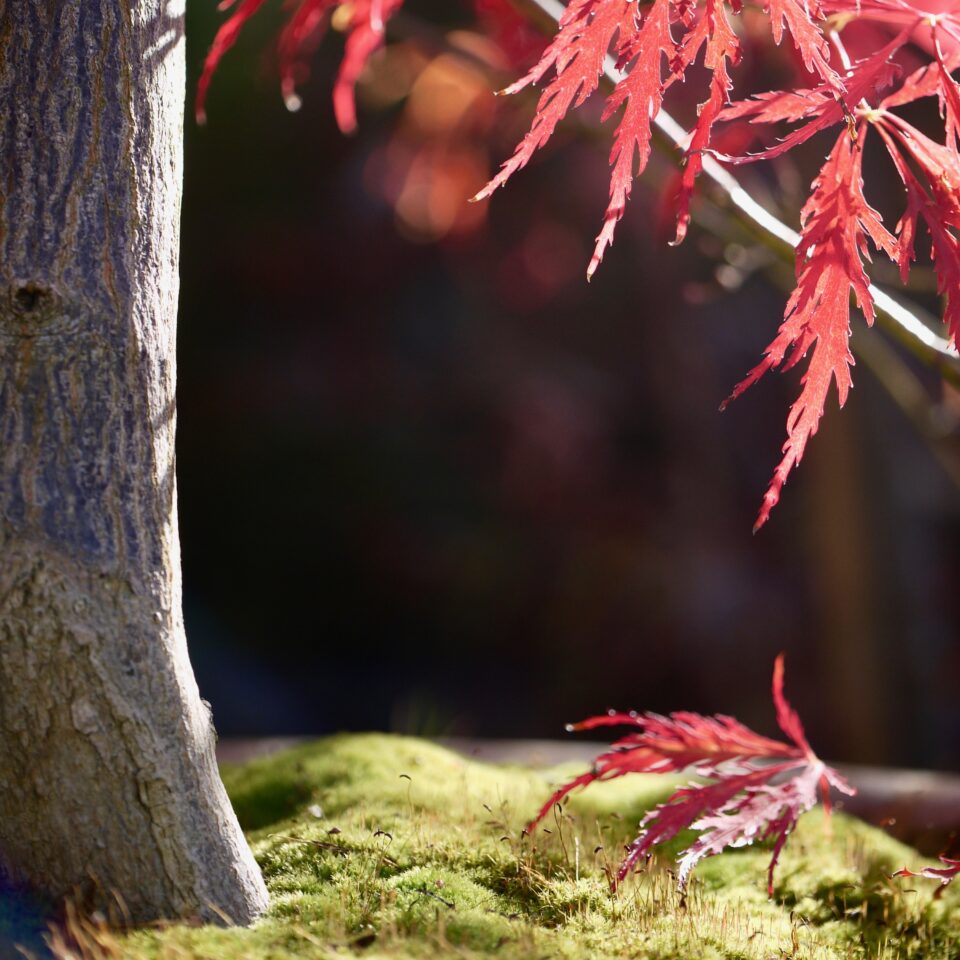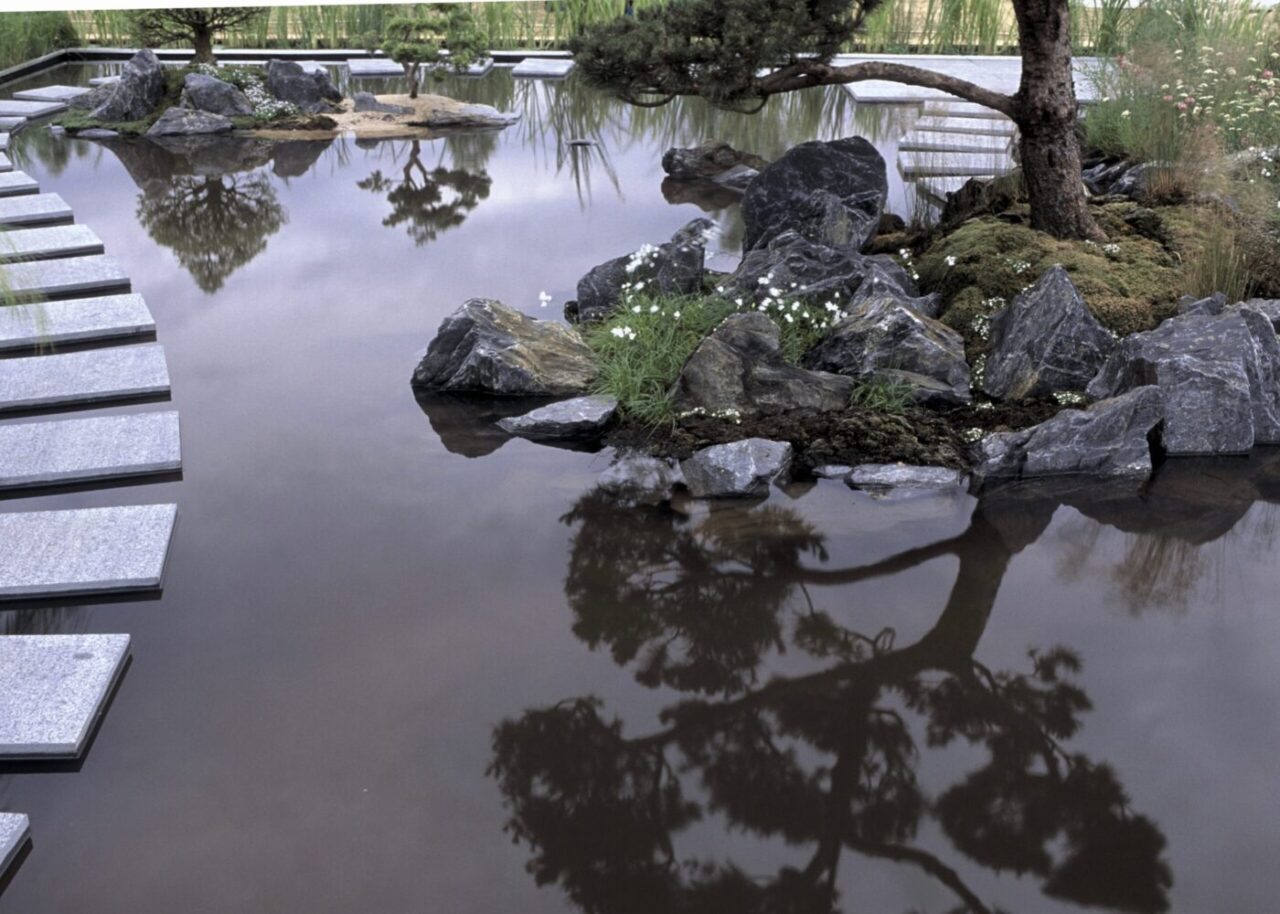
Japanese gardens are one of the most recognisable gardening styles, but one of the hardest to explain. This is because the art of Japanese gardening is rooted in both the physical act of doing it, and in the philosophical – religious, cultural, regional, historical – concepts which underpin it, much more so than in specific bullet point guides.


Japanese gardens are deeply concerned with the natural landscape and creating a sense of nature in an artificial setting. It is a much different approach to what we would typically talk of as a “wild” or “natural” garden in a Western context. Japanese gardens are very structured, usually around specific orchestrated views, with those views seeking to capture the majesty of a much bigger landscape and emphasise our place as a small part of it.



Within such a space, every little detail is carefully considered, from the planting to the hard-landscaping and the introduction of water (sometimes represented by gravel). The choice of materials and their placement is important. The concept of wabi-sabi is an integral part of Japanese art and culture, generally, and this is also manifested in their gardens. Essentially, this is the concept of impermanence, the passing of time, and the appreciation of imperfection in both the natural world and in our lives. Examples can be seen in art like kintsugi – repairing broken pottery, where, rather than hiding the cracks, they are lined in gold – or in bonsai where young trees are cut and contorted to resemble ancient weathered specimens and the wisdom that comes with years of silently witnessing weather and landscape. It can be as simple as a moment – a maple leaf falling on moss, or the light reflecting off a pool for just a few minutes before the sun moves on.
Some Japanese gardens are built on a grand scale, but there is also an ancient culture of tiny courtyard gardens, or Tsubo-niwa, which traditionally equate to two tatami mats, or just over 3 square metres. Smaller than a lot of “small” gardens, but with the same care and a focus on a specific viewpoint can be just as evocative of a grand landscape.
While a formal Japanese garden requires years of training in plants and materials, the spirit of a Japanese garden can be achieved, in whole or in part, in most garden settings with just a particular way of seeing a space. Gardens tend to be simple, with a small number of carefully chosen plants and landscape features (rocks, pools) placed and pruned to creature a space for quiet reflexion. There is a heavy emphasis on light and texture, with evergreen and foliage plants dominant and little in the way of “colour” as we would usually approach a garden. Sound is important, with the rustle of bamboo or trickle of water adding to the contemplative nature of the space.


To re-create a Japanese inspired look, especially in a small space, consider a small, well-pruned tree like a Japanese maple (Acer palmatum). This can be allowed grow and then refined over time to have an elegant structure, seasonal interest, and dappled light below. Simple green groundcover plants or moss if conditions suit. Simple natural hard landscaping materials like stones, gravel, or pots which will weather over time and become part of a natural looking landscape.
Ferns, bamboo, textural shrubs and perennials. Plants whose interest comes from seasonality and the movement of light, where the emphasis is on capturing moments presented by nature rather than demanding a constant show for our entertainment.


The art of Japanese gardening comes from making careful intentional interventions which add to an appearance of found natural beauty. But the most important thing is listening to the space and responding to its needs. It is an art of contemplating nature, respecting, an admiring it, rather and imposing ourselves upon it. It is about context – of plants and stones to each other, and of ourselves to nature. Its principles are based in the religious practices of Shinto and Buddhism and their relationships with nature and transcendence. But to garden thoughtfully, using simple plants which all serve a purpose in the landscape can be said to be the beginning of a Japanese garden.
